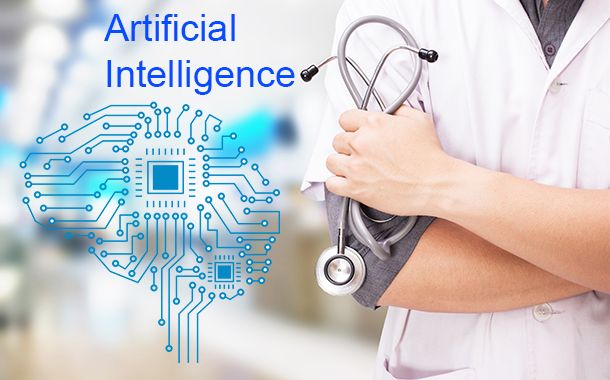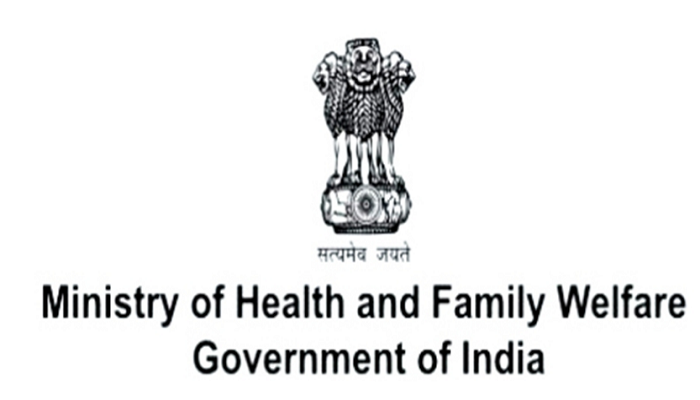
With depleting resources, healthcare systems around the globe are struggling at a time when the demand for healthcare is rising. Pressure is growing on the Governments to lower costs without affecting quality or access to care. World Economic Forum and OECD forecast BRICS (Brazil, Russia, India, China, and South Africa) nations will see a 117% increase in health spending over the next decade. Governments are undertaking healthcare reforms and understanding the need for increased cooperation with the private sector.
We see the following distinct trends in 2019:

Healthcare consumerism
Healthcare providers are only starting to adopt consumerism and also to target monetary interactions in their attempts to enhance the patient experience.
Affordability & Price: Consumer concerns about affordability and price, are threatening to erode the trust in hospitals and healthcare systems which once seemed unshakeable. In 2019, doctors, hospitals, health systems, and health programmes will start cooperating with one another, and with customers, to turn this ship around. Efforts to make confusing bills easier will be the focus in 2019.

Transparency: Estimated 40 to 70 percent of medical services would be considered shoppable. Shoppability of services will increase in tandem with cost transparency, and it will affect hospitals pricing across the board. Despite the wave of activity in the price transparency arena in the past few years, consumers still have difficulty obtaining quality and price info for shoppable providers in advance of getting those services. It’ll be very likely that, at the next five years 50% of patients will review quality and price data with their doctor before deciding where to get care for shoppable services.
Also Read: New Healthcare Trends in 2019
AI & Machine Learning
Learning In healthcare, AI applications are helping decision support, image analysis and patient triage. Artificial intelligence will be assisting physicians make smarter decisions in the point of care, the taking off hassle and uncertainty from the viewing patient scans, and diminishing physician burnout. For example, machine-learning algorithms have the ability to emphasize problem areas on graphics, helping in the screening process. It will also decrease clinical variation and duplicative testing whilst ensuring patient safety, decision support systems instantly make sense of heaps of information inside a physician’s EMR system. In surgery domain, a surgeon’s ability with procedures that are difficult or new fluctuates broadly, with huge implications for surgery outcomes and costs. Artificial intelligence can both reduce this variation and assist all surgeons enhance – even the best ones.
Virtual & Mixed Reality
Popular for their gaming applications, virtual and mixed reality -with their impact- never fail to amaze viewers. VR/MR technology is a lot more than a game. These reality systems have caught the attention of healthcare professionals keen to sharpen their skills. Now popular for medical education, VR/MR plans provide simulation training, which serves to improve traditional medical education. With this immersive style of learning, VR/MR appeals to all kinds of learners: sound, visual and kinesthetic. Education through simulation is a productive step towards the system’s most adept and confident healthcare providers. For example, VR/MR will help surgeons in medical data visualization. Surgery domains and applications will be using them as surgical planning or surgical training tools.
(Disclaimer: Writer is Ashim Dutta –Head of Marketing, AB Hospitals. Views expressed are personal opinion.)
Be a part of Elets Collaborative Initiatives. Join Us for Upcoming Events and explore business opportunities. Like us on Facebook , connect with us on LinkedIn and follow us on Twitter , Instagram.








